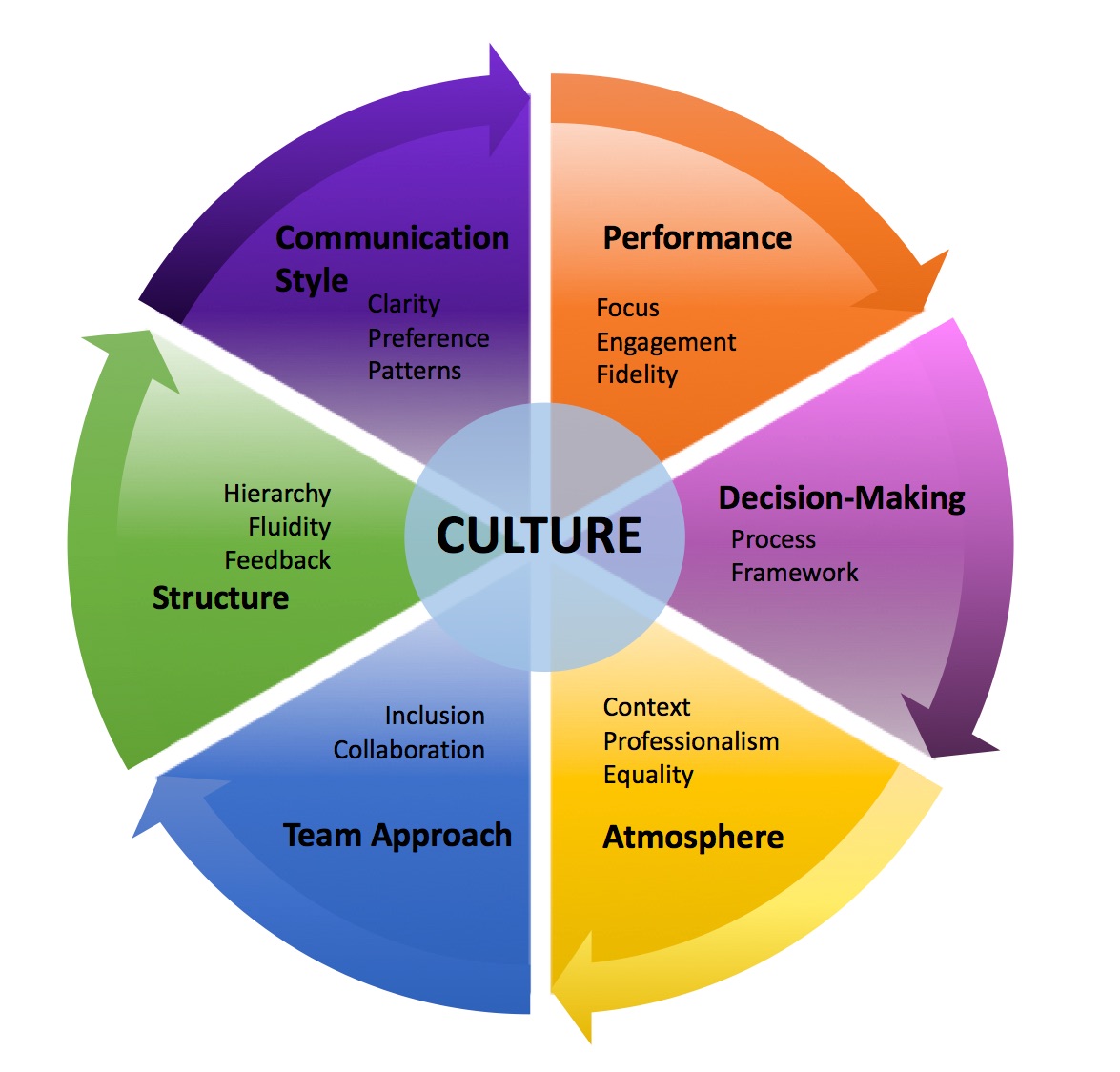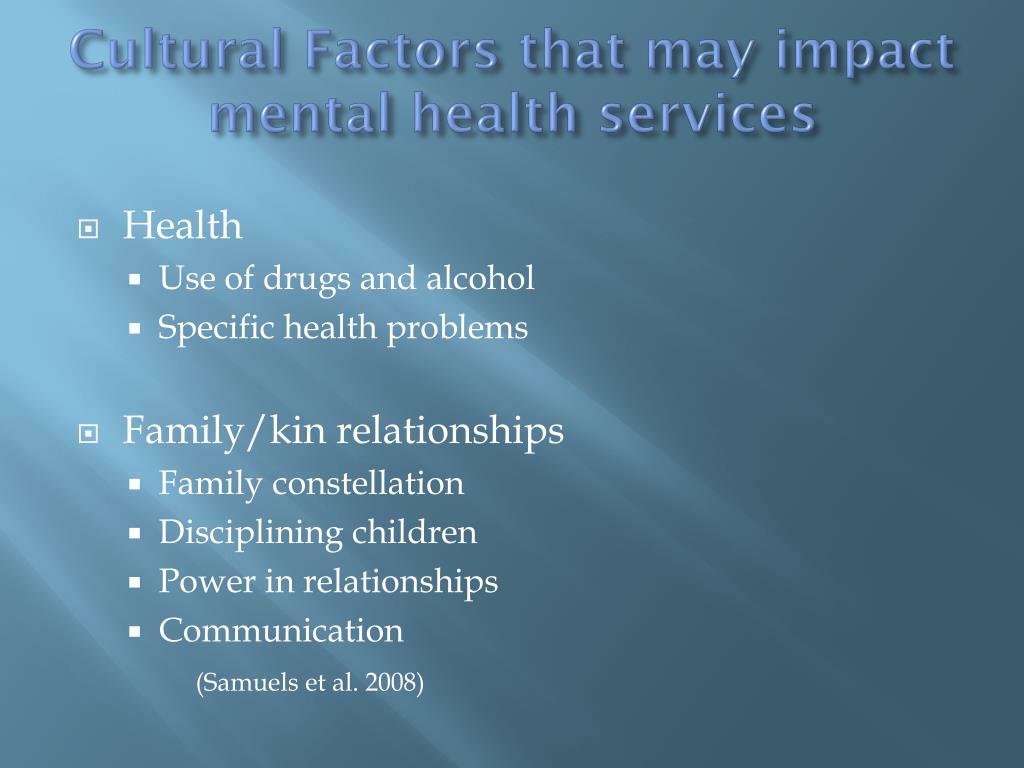
The Australian Commission on Safety and Quality in Healthcare (ACSQHC) also included six Aboriginal and Torres Strait Islander specific actions in the National Safety and Quality Health Service Standards to improve care for Aboriginal and Torres Strait Islander people in mainstream health services. It recognises the influence of social factors and the strengths of culture as protective factors for physical, social and emotional wellbeing. The health plan was developed in genuine partnership with Aboriginal and Torres Strait Islander people and reflects their key priorities. National Aboriginal and Torres Strait Islander Health Workforce Strategic Framework and Implementation Plan 2021-2031.National Aboriginal and Torres Strait Islander Health Plan 2021–2031.Cultural Respect Framework 2016–2026 for Aboriginal and Torres Strait Islander Health.The importance of cultural respect and cultural safety is outlined in Australian government documents, such as: can only be defined by those who receive health care.feeling safe, connected to culture and cultural identity is respected.How health care is experienced by Indigenous people providers' ability to recognise, address and prevent racism at the individual and organisational levels.defined with reference to the provision of care, including governance structures, policies and practices.behaviour, attitude and culture of providers: respects and understands Indigenous culture and people.Two important aspects of culturally safe health care across the literature are, how it is provided and how it is experienced, and these form the basis for the monitoring framework (see AHMAC 2016 CATSINAM 2014 AIDA 2021 DHHS 2016 NACCHO 20).

The presence or absence of cultural safety is determined by the experience of the recipient of care and is not defined by the caregiver (AHMAC 2016). Some of the essential features of cultural safety include an understanding of one’s culture an acknowledgment of difference, and a requirement that caregivers are actively mindful and respectful of this difference and the ability to recognise, address and prevent racism. For the purpose of developing a monitoring framework, cultural safety is defined with reference to the experience of the Indigenous health care consumer, of the care they are given, their ability to access services and to raise concerns.

#Culturally inform definition and examples free
It requires practitioners to deliver safe, accessible and responsive health care that is free of racism by: The National Aboriginal and Torres Strait Islander Health Plan 2021–2031 (DoH 2021:52) states:Ĭultural safety is about how care is provided, rather than what care is provided. The Australian literature uses various definitions of cultural safety, and related concepts such as cultural respect and cultural competency, and what these mean in relation to the provision of health care. They include lack of conceptual clarity and agreement on terms, the qualitative nature of the concepts, and the diversity of Indigenous Australians and their perceptions. There are difficulties in both defining and measuring generalised concepts such as cultural respect and cultural safety.

This means a health system where Indigenous cultural values, strengths and differences are respected and racism and inequity are addressed. In Australia, there has been increasing recognition that improving cultural safety for Aboriginal and Torres Strait Islander health care users can improve access to, and the quality of health care.

Additionally cultural safety is a systemic outcome that requires organizations to review and reflect on their own policies, procedures, and practices in order to remove barriers to appropriate care.’ Certain behaviours can intentionally or unintentionally cause clients to feel accepted and safe, or rejected and unsafe. The Centre states that cultural safety ‘…requires practitioners to be aware of their own cultural values, beliefs, attitudes and outlooks that consciously or unconsciously affect their behaviours. Cultural awareness ⟹ Cultural sensitivity ⟹ Cultural competency ⟹ Cultural safety


 0 kommentar(er)
0 kommentar(er)
